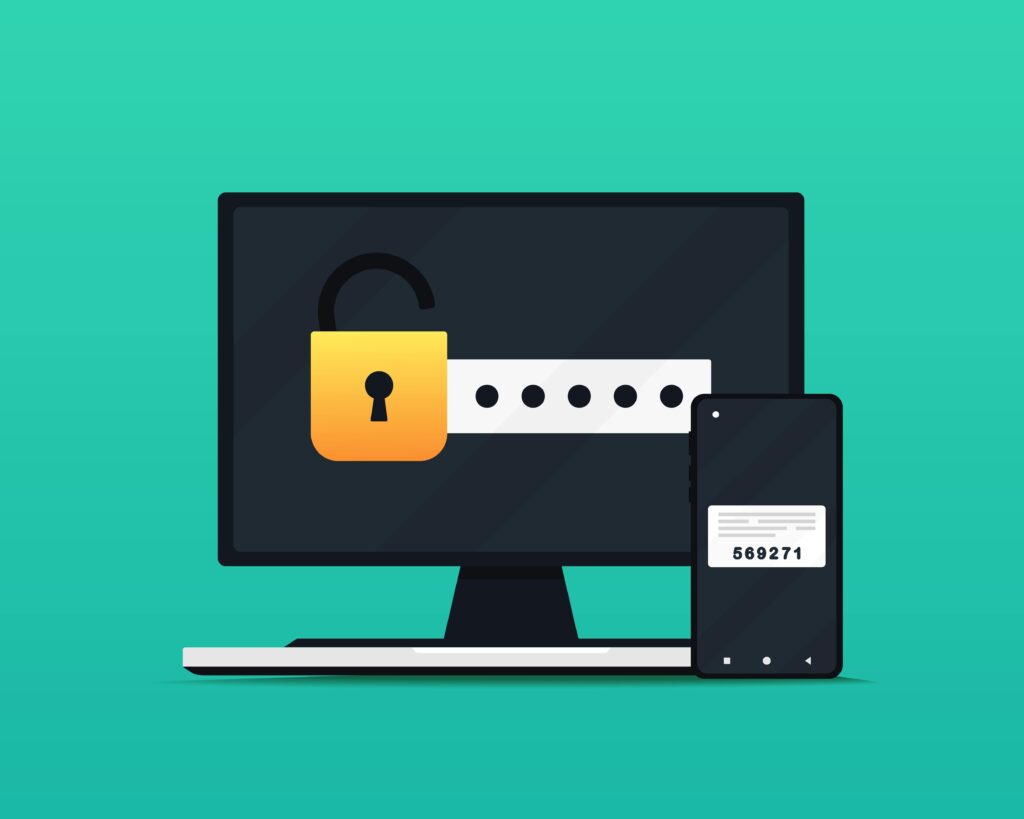
All organizations have employees with different responsibilities and different levels of company oversight. Entry-level workers typically focus on specific tasks under close supervision, while managers oversee broader projects and may have access to sensitive company information.
For example, a company’s Human Resources department would have vastly different access than the marketing team. HR likely needs access to employee payroll information, benefits platforms, and internal applicant tracking systems, while the marketing team would focus on customer relationship management tools, social media platforms, and content creation software.
Identity Access Management (IAM) plays a crucial role in this tiered structure by ensuring that each employee only has access to the resources and information they need to perform their job. IAM ensures everyone’s access needs are met while keeping sensitive data secure.
Building a Strong Cybersecurity Culture
While essential to keeping the business running, employees can be a significant security vulnerability. Cyber-criminals often exploit human trust through phishing emails and impersonation tactics. These identity-based cyber threats trick employees into revealing sensitive information, downloading malware and accidentally granting access to systems.
Identity-based cyber threats target usernames, passwords, and other digital identities to steal data or access systems. These attacks can lead to financial losses, data breaches, and reputational damage, making Identity Access Management a critical defense measure.
Frequent employee security training can help with mitigating cyber risk.
Importance of Identity Access Control
By limiting access to sensitive data, you significantly reduce the risk of data breaches, leaks, and even accidental exposure by authorized personnel. This safeguards your business from financial losses, reputational damage, and legal issues. These strong controls also prevent unauthorized access by malicious actors and mitigate the impact of compromised accounts.
Managing access strengthens compliance and operational efficiency. It ensures adherence to data privacy regulations, reducing the risk of fines. Additionally, employees can focus on their tasks without distractions if they only have access to the information they need. This can lead to improved productivity and potentially lower software licensing costs.
Managing access safeguards confidential information and fosters trust. It protects your competitive advantage by limiting access to trade secrets and builds trust with clients and employees by demonstrating your commitment to data privacy. This can have a positive impact on your overall business health by reducing risk and fostering a culture of trust with stakeholders.
Identity and Access Management
The core goal of Identity and Access Management (IAM) can be summarized as this: Ensuring the right people have the right access to the right resources, at the right time.
IAM achieves this through several powerful features that go beyond simple role-based control:
Authentication
IAM verifies a user’s identity through methods like usernames and passwords, multi-factor authentication (MFA), or integration with existing corporate directories.

Authorization
After confirming a user’s identity, IAM determines what specific actions they can perform within a system or application. This can be as granular as granting read-only access to specific files or granting full administrative control.
Roles and Groups
IAM allows administrators to pre-configure sets of permissions into roles or groups. Users can then be assigned these roles or groups, simplifying access management for large numbers of employees.
Access Logs and Monitoring
IAM tracks user activity and resource access. This allows administrators to identify suspicious behavior, investigate potential breaches, and ensure users are adhering to access policies.
Single Sign-On (SSO)
IAM can integrate with SSO solutions, allowing users to sign in once and access multiple applications with the appropriate permissions. This improves convenience and reduces the need to manage multiple login credentials.
By implementing IAM effectively, organizations can create a secure and controlled environment where employees have the access they need to be productive, while minimizing the risk of data breaches and unauthorized access to sensitive information.
Understanding IT Assessment: The Cyclical Approach
Mirazon’s IT assessments follow a cyclical process, ensuring continuous improvement:
Assess: We identify internal and external threats, vulnerabilities, and outdated policies that could compromise your security.
Analyze: Our experts analyze the data to determine where to focus your security budget and establish a baseline for progress tracking.
Adapt: Together, we develop actionable strategies to address vulnerabilities and enhance your security posture.
Repeat: This process ensures your defenses stay current and effective against evolving threats.
The Two Pillars of an IT Assessment for Fraud Protection
A comprehensive assessment involves evaluating technical controls and understanding the company’s overall security posture:
Technical Controls Assessment
- Network Security: We analyze firewalls, intrusion detection/prevention systems (IDS/IPS), and segmentation practices to identify weaknesses that could allow unauthorized access or suspicious activity.
- Data Security: We evaluate data encryption (at rest and in transit), access controls (user permissions), and data loss prevention (DLP) measures to prevent sensitive information leaks.
- System Security: Patching practices for operating systems and applications are reviewed to ensure vulnerabilities are addressed promptly. Password complexity and multi-factor authentication (MFA) usage are also assessed.
- Vulnerability Scanning: We conduct scans to identify potential weaknesses attackers could exploit.
Security Posture Assessment
- Security Policies and Procedures: We review the company’s IT security policies to ensure they address common fraud risks and are effectively communicated and enforced.
- User Access Management: User access controls, including the process for granting, reviewing, and revoking access privileges, are evaluated.
- Incident Response Plan: The presence of a documented incident response plan outlining procedures for detecting, containing, and recovering from security incidents is crucial.
- Security Awareness Training: We assess the frequency and effectiveness of security awareness training for employees to identify and report suspicious activity.
- Penetration Testing: Consideration is given to penetration testing, a simulated cyberattack, to identify exploitable weaknesses in the IT infrastructure.
Ensuring Protection
Based on the assessment, identify gaps in the IT structure and security posture. Then the internal team or Managed Service Provider (MSP) should take steps to improve protection against fraud.
MSPs are external IT service providers who offer a range of security solutions, including IAM implementation and management. They can be a valuable resource for businesses that lack the in-house expertise or resources to address security gaps identified in the assessment.
- Implement missing technical controls.
- Update security policies and procedures.
- Provide security awareness training for employees.
- Conduct regular vulnerability scans and penetration testing.
- Develop or improve the incident response plan.
This is a general overview. The specific approach will vary depending on the business and its unique needs. Mirazon can help tailor your assessment to your specific needs and recommend steps to enhance your security posture, including leveraging an MSP if needed.
By partnering with Mirazon for a comprehensive IT assessment, you can gain valuable insights into your security posture and take proactive steps to prevent fraud.
Let’s work together to safeguard your business and build a more secure future.